THE LANCET: Global child and adolescent health targets in jeopardy without urgent, comprehensive reform, experts warn
Peer-reviewed/ Review, Analysis, and Opinion/ People
- With 8.6 million deaths reported globally among stillbirths, children, and adolescents up to 20 years of age in 2019, achieving targets to reduce child and adolescent mortality by 2030 remains a global challenge.
- Economic inequality continues to drive disparities in health outcomes, with children who face early life poverty being at least twice as likely to experience detrimental health outcomes compared to children at the top of the wealth spectrum.
- COVID-19 has worsened global inequalities and threatens to reverse recent gains made to improve maternal, child, and adolescent health as children and families face interrupted health and social services and economic strain.
- A new Lancet Series provides abundant scientific evidence to support a holistic agenda for children and adolescents that spans maternal, newborn, child, and adolescent health, offering comprehensive social and health support from preconception through age 20.
Despite recent progress, the world is at risk of failing to meet child and adolescent health targets, with more than 8.6 million deaths among children and adolescents (aged 0-20 years) recorded in 2019. Comprehensive, coordinated care that begins at preconception and lasts through adulthood is urgently needed to reduce childhood mortality and improve child and adolescent health, according to a new Series published in The Lancet.
The authors of the Lancet Series on optimising child and adolescent health and development call on global leaders and policymakers to replace current approaches to child and adolescent health, which are often fragmented by age groups or specific health conditions, to offer comprehensive care that spans nutrition, preventive health, education, economic, and community support across age groups from preconception through age 20.
The new collection of papers also highlights how the COVID-19 pandemic has disrupted health and education services as well economies and social systems, putting recent progress toward achieving the United Nations’ Sustainable Development Goals (SDGs) [1] in jeopardy and increasing children’s vulnerability to violence, abuse, and mental health conditions.
“The challenges faced in responding to the needs of children and families during the COVID-19 pandemic should serve as a wake-up call to the global community, underlining the urgent need to transform the child and adolescent health agenda on a global scale,” says Series coordinator and author Dr Zulfiqar Bhutta from The Hospital for Sick Children (SickKids) Centre for Global Child Health, Toronto (Canada) and the Aga Khan University, Karachi (Pakistan). [2]
Bhutta adds, “We have less than eight years to meet the UN’s Sustainable Development Goals, and many child and adolescent health targets are off track. A holistic approach that supports children and their families from before birth through early adulthood is urgently needed to bring us back in line, building a foundation that will last a lifetime and improve health outcomes, economies, and society.” [2]
A holistic approach to child and adolescent health from preconception through age 20
The probability of mortality in the first five years of life is a commonly used indicator of human capital [3] and country progress. However, this indicator only provides a narrow view of child health and development.
Instead, Series authors considered conditions of survival, growth, disability, and education across different world regions and their effects on crucial life stages from the third trimester of pregnancy to 20 years of age. In this age range, there were 8.6 million deaths in 2019. Of these deaths, 1.9 million (23 %) were stillbirths and 2.4 million (28%) were neonatal deaths. Additionally, 2.75 million (32%) children died between one month and five years of age. Among older children and adolescent deaths, 506,000 (6%) occurred among five-to-nine-year-olds, 368,000 (4%) deaths occurred among 10–14-year-olds, and 595,000 (7%) deaths occurred among 15–19-year-olds.
“By looking at mortality and nutrition from the third trimester of pregnancy until age 20, we can have a more complete understanding of child and adolescent health. Our analysis clearly indicates that the first two years of life are crucial indicators of future health, but that age range is only one piece of the puzzle,” says study author Professor Robert Black from the Johns Hopkins Bloomberg School of Public Health, Baltimore (USA).
“Interventions such as improved nutrition during pregnancy and infanthood work in tandem with education and social support networks that reach children and families across a broad range of interventions, from offering mothers’ care during pregnancy to providing mental health and reproductive health services to adolescents,” adds study author Tyler Vaivada from the Centre for Global Child Health, Toronto (Canada).
Strong health and social systems must come together to support all children
Preconception, pregnancy, and infant interventions that address child survival and nutrition have a strong influence on weight, height, and development, and serve as key indicators of future health, nutrition, education level, and intelligence quotients – if they are delivered at high level of quality.
However, these interventions must be scaled up and continued through early childhood and adolescence via school-based and community delivery platforms, where children and families can have consistent access to immunisations and screening programmes to address often neglected areas of child health such as anaemia, vision, dental conditions, non-communicable diseases, neglected tropical diseases, and mental health conditions (including anxiety and depression).
Building on this analysis, the Series authors point out that to maximize children’s health, strong health systems need to partner with equally effective social systems such as schools, communities, families, and digital platforms that offer promotive, preventive, and curative services relevant to a child’s life stage.
“Although scaling up high quality health facility-based interventions in children younger than five years will have the greatest effect on reducing child mortality rates, we also have to engage with families to boost children’s development and think beyond the clinic to schools and communities to reach older children whose health needs have been relatively neglected,” says Dr Margaret Kruk from the Harvard Chan School of Public Health, Boston (USA).
The authors also point out the growing challenges older children and adolescents face because of the COVID-19 pandemic, including the lack of social support and the mental health effects such as feelings of isolation, loneliness, and anxiety.
“The COVID-19 pandemic showed us the devastating effects that gaps in care and education can have on children. Health and social systems must be better equipped to work together to address the emerging needs of children and families as part of the effort to rebuild equitable and resilient services,” says Professor Maureen Black from RTI International and the University of Maryland, Baltimore (USA).
Overcoming long-term effects of early life poverty
An analysis of data from 95 national surveys in low and middle income countries (LMICs) [4] confirms that vast economic inequalities persist both between and within countries, with strong connections between early-life poverty and health, nutrition, and cognitive development of children and adolescents.
Of the countries included in the analysis, children at the lowest end of the wealth spectrum had at least double the risk of detrimental health outcomes linked to early life poverty, such as childhood mortality, stunting, development delays, teenage motherhood, and incomplete primary school compared to children at the top of the wealth spectrum. Furthermore, the magnitude of inequality in child mortality, nutrition, and development was positively associated with the degree of economic inequality.
The authors also analysed data from six long-running birth cohorts in LMICs [5] to observe specific effects of early life poverty. The most striking differences were observed in intelligence quotients examined in two different cohorts from Pelotas, Brazil, where children and adolescents at the top of the wealth scale scored 20 points higher compared to children at the bottom of the scale. These disparities were also observed in children younger than five years of age, indicating that while overall differences in access to school likely played a role in cognition scores, environmental factors linked to poverty from early childhood (such as nutrition, childhood illness, and living in a conflict zone) have a large impact starting in gestation and continuing throughout childhood and adolescence.
“The COVID-19 pandemic has exacerbated the factors that already drive early-life poverty,” says, Dr Cesar Victora from Pelotas University (Brazil). “However, as pandemic recovery programmes are developed, policymakers have an unprecedented opportunity to strengthen existing anti-poverty policies and create new, multisectoral programmes that will work with health and nutrition interventions to offset the pandemic’s impact on women and children.”
Placing children and adolescents at the centre of the global policy agenda
The long-term impact of the COVID-19 pandemic on children and families is not yet fully known. However, evidence suggests that disruptions caused by the pandemic, particularly in children’s access to preventive health services and education, are likely to result in excess mortality and morbidity for infants, children, and adolescents – undermining hard-fought gains in recent years.
Writing in a linked Comment, Dr Tedros Adhanom Ghebreyesus, Director-General of the World Health Organization and Catherine Russell, Executive Director of UNICEF (who were not involved in the Series), say, “At this especially perilous moment in history, with conflict and fragility around the world, all countries need to prioritise child and adolescent health, and tailor health and multisectoral programmes to meet their needs and risk factors. This is the time for governments, donors, and institutions to come together not only to end the pandemic, but also to prevent future ones, fix long-standing structural deficiencies in fragile health systems including strengthening the health workforce, and address the social and environmental determinants of health that put children at risk. It is time for solidarity to triumph over politics, for the sake of our children and future generations. Failure to do so could result in close to 21 million children and adolescents aged 5–24 years and 43 million children under-five years dying before 2030. This prospect is unconscionable and unnecessary, because as seen in this Lancet Series, stakeholders know what needs to be done so that every child, everywhere, can survive and thrive.”
Dr Richard Horton, Editor-in-Chief for The Lancet, adds, “The most extraordinary success story in global health’s recent history has been the rapid decline in deaths of children younger than 5 years…[But] the frightening truth is that despite all the lives saved, millions of children are still dying of preventable causes. Those who survive remain unable to reach their full potential…[We] need political commitment. We need the leaders of multilateral agencies, governments, and civil society to step up to the challenges this Series lays out and the opportunities it describes.”
NOTES TO EDITORS
A full list of funders, authors, and institutions is available in the papers.
[1] United Nations Sustainable Development Goals: https://sdgs.un.org/goals
[2] Quote direct from author and cannot be found in the text of the Article.
[3] The World Bank’s Human Capital Project uses the Human Capital Index, which includes measures of mortality, growth, and education, to assess how countries invest in the capabilities and economic potential of citizens. https://www.worldbank.org/en/publication/human-capital
[4] These countries included 28 (90%) of 31 low-income countries, 37 (79%) of 49 lower-middle-income countries, and 30 (50%) of 60 upper-middle-income countries.
[5] The six cohorts included populations from Cebu, Philippines; Delhi, India; Guatemala City, Guatemala; Pelotas, Brazil (1982 birth cohort and 1993 birth cohort); and Soweto, South Africa
The labels have been added to this press release as part of a project run by the Academy of Medical Sciences seeking to improve the communication of evidence. For more information, please see: http://www.sciencemediacentre.org/wp-content/uploads/2018/01/AMS-press-release-labelling-system-GUIDANCE.pdf if you have any questions or feedback, please contact The Lancet press office pressoffice@lancet.com
IF YOU WISH TO PROVIDE A LINK FOR YOUR READERS, PLEASE USE THE FOLLOWING, WHICH WILL GO LIVE AT THE TIME THE EMBARGO LIFTS:
www.lancet.com/series/optimising-child-adolescent-health
JOURNAL
The Lancet
METHOD OF RESEARCH
Systematic review
SUBJECT OF RESEARCH
People
ARTICLE TITLE
Optimising Child and Adolescent Health and Development
ARTICLE PUBLICATION DATE
27-Apr-2022
COI STATEMENT
Paper 1: REB serves on the Board of Directors of Vitamin Angels, a non-profit charitable organisation supporting maternal and child nutrition services in low-income and middle-income countries. ME reports a grant from AstraZeneca for the Young Health Programme, and personal fees from Prudential, outside the submitted work. REB, FV, LH, LL, ADS, DYo, and DYe report grants from the Bill & Melinda Gates Foundation. LH and DYo report grants from USAID, outside the submitted work. Paper 2: REB serves on the Board of Vitamin Angels, a non-profit charitable organisation supporting maternal and child nutrition services in LMICs. AS and ADS report grants from Bill and Melinda Gates Foundation. AS reports grants from the Wellcome Trust. ZAB reports grants from the International Development Research Centre (reproductive, maternal, newborn, child, and adolescent health in conflict settings: case studies to inform implementation of interventions) and Countdown to 2030–UNICEF. All other authors declare no competing interests. Paper 3 : We declare no conflicts of interest Paper 4: ZAB reports grants from International Development Research Centre, UNICEF, WHO, The Rockefeller Foundation, and the Institute of International Education, during the conduct of the study. TZ reports grants from International Development Research Centre, UNICEF, WHO, The Rockefeller Foundation, and the Institute of International Education, during the conduct of the study. All other authors declare no competing interests.
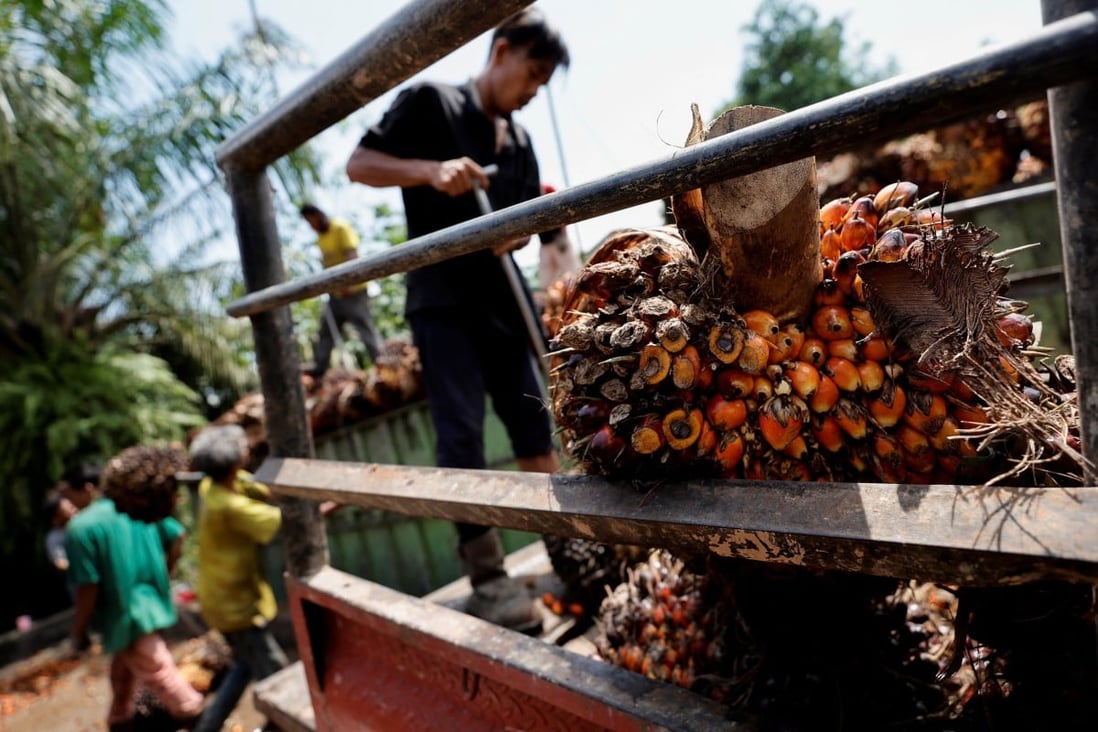
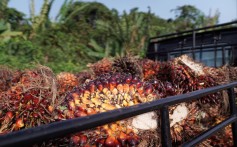
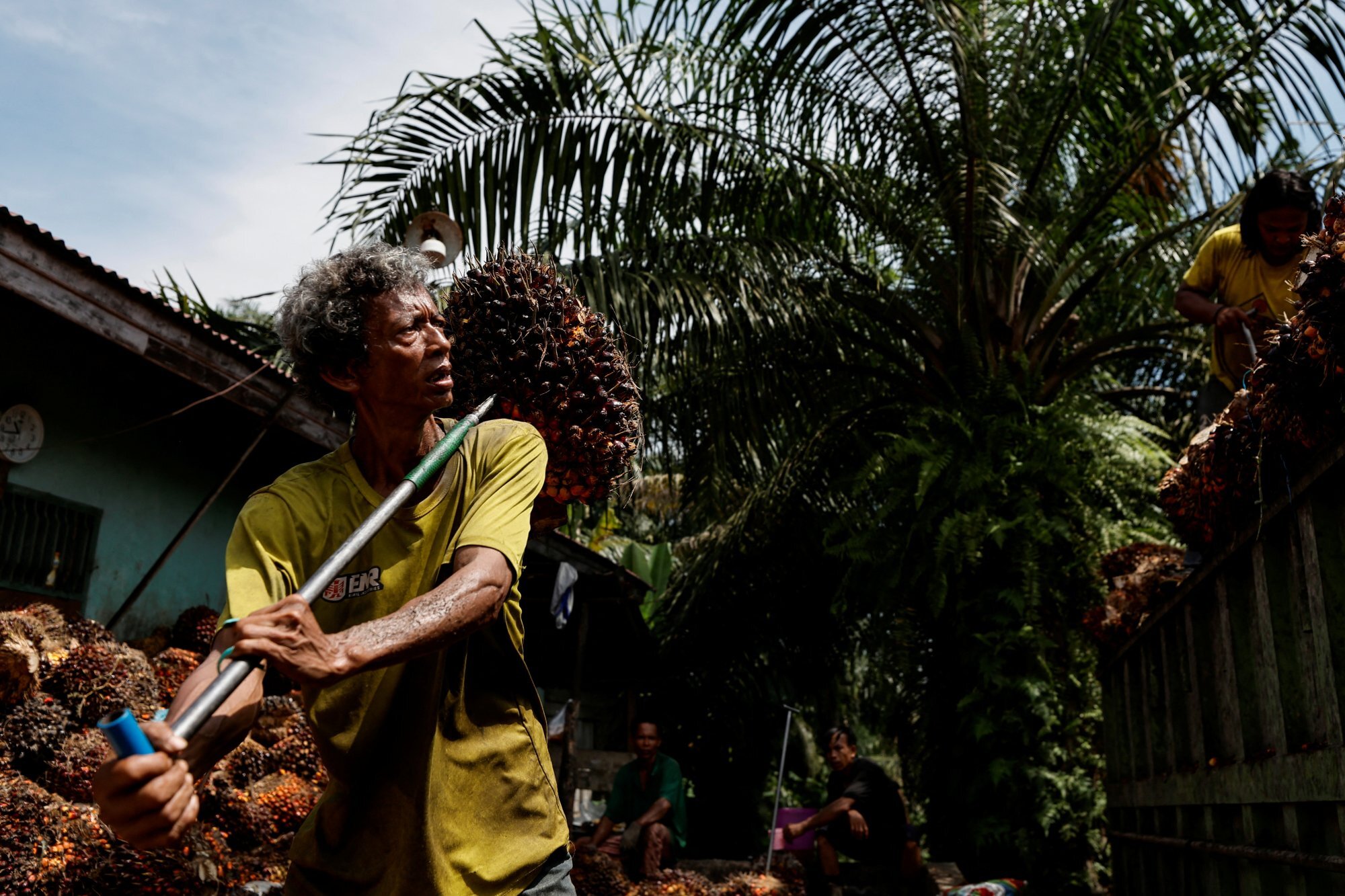
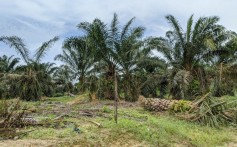
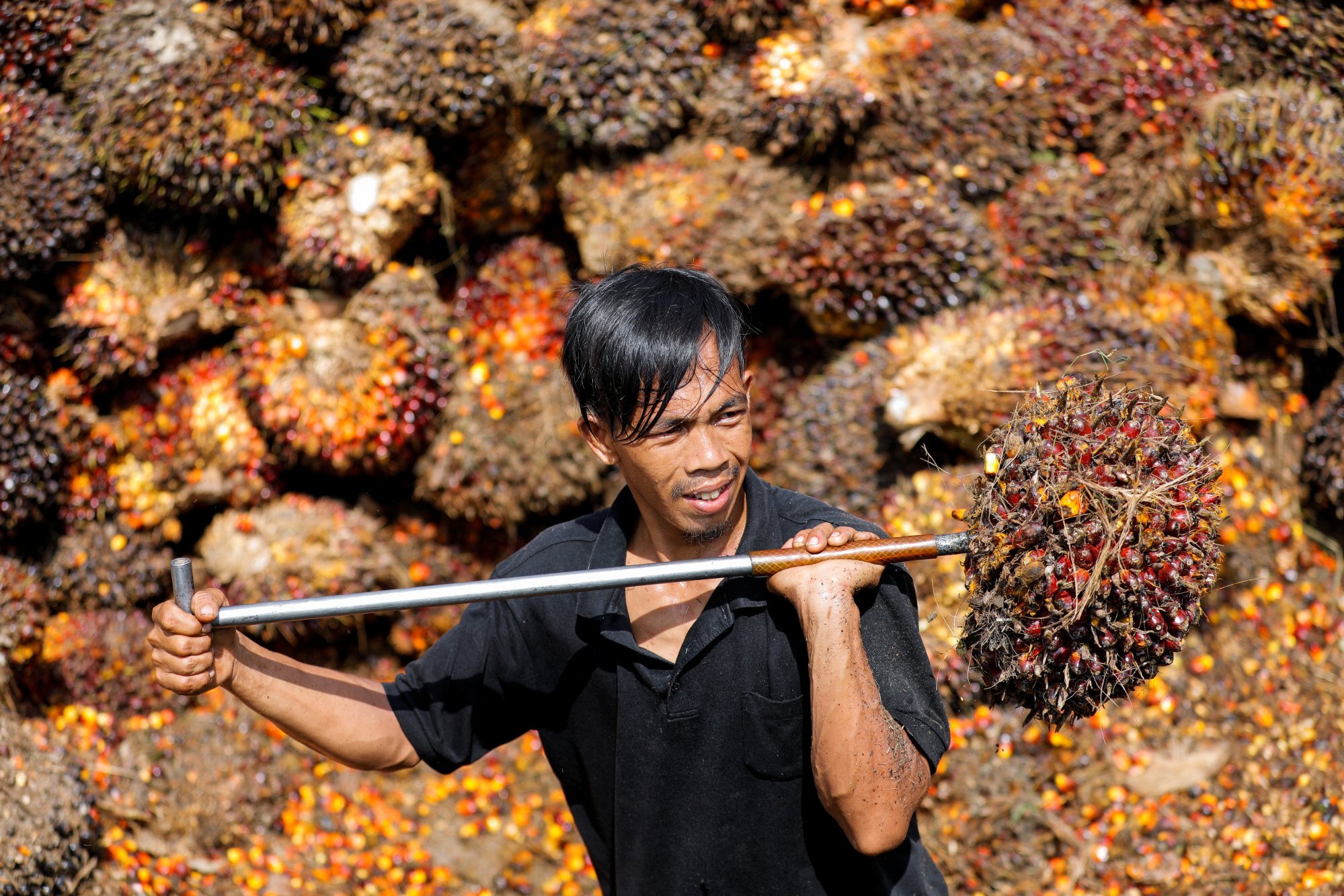
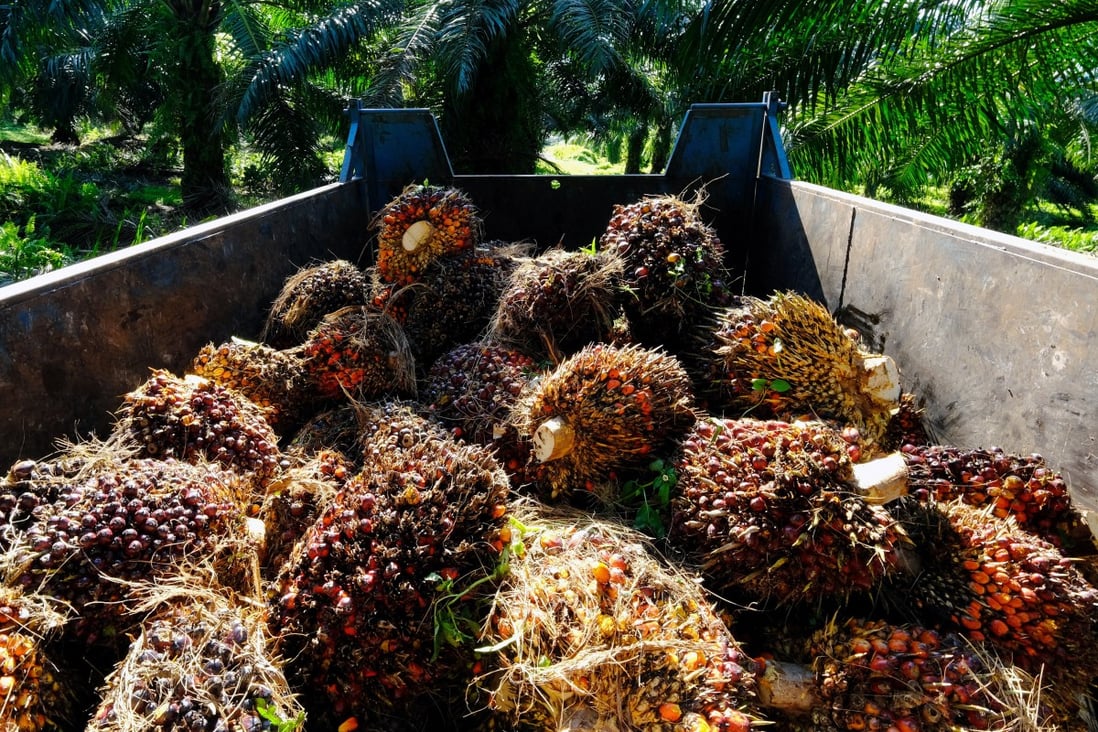
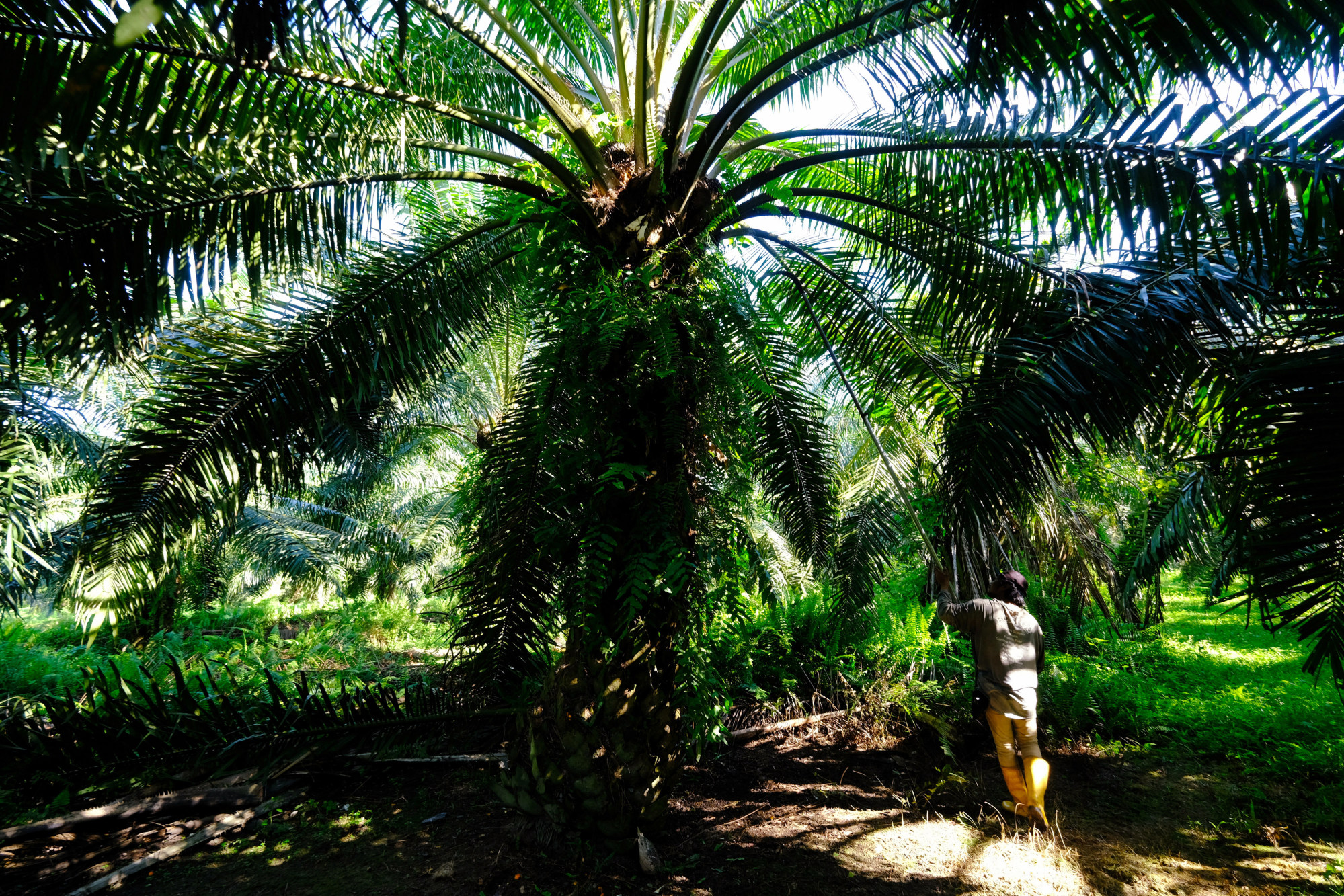

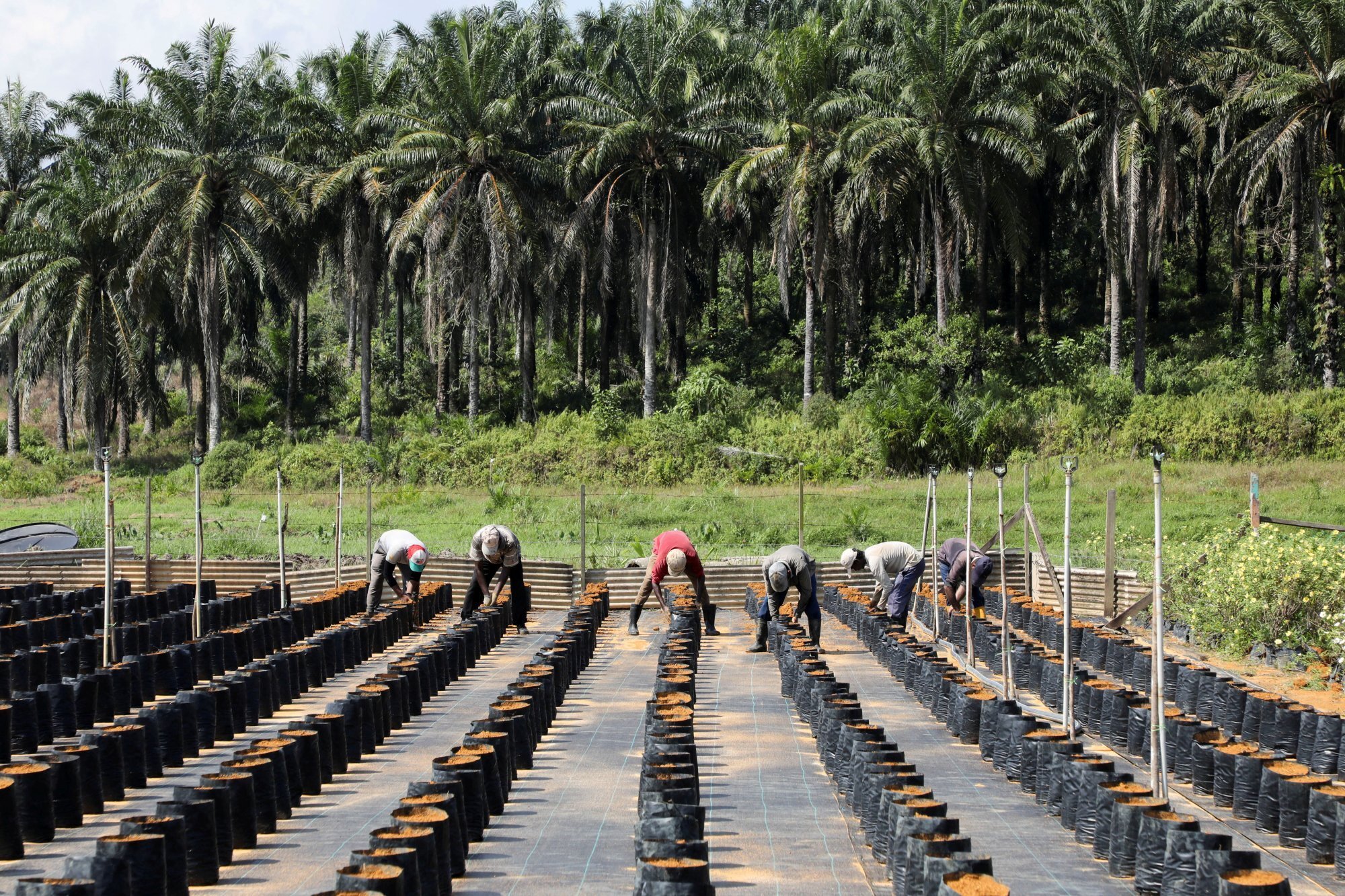
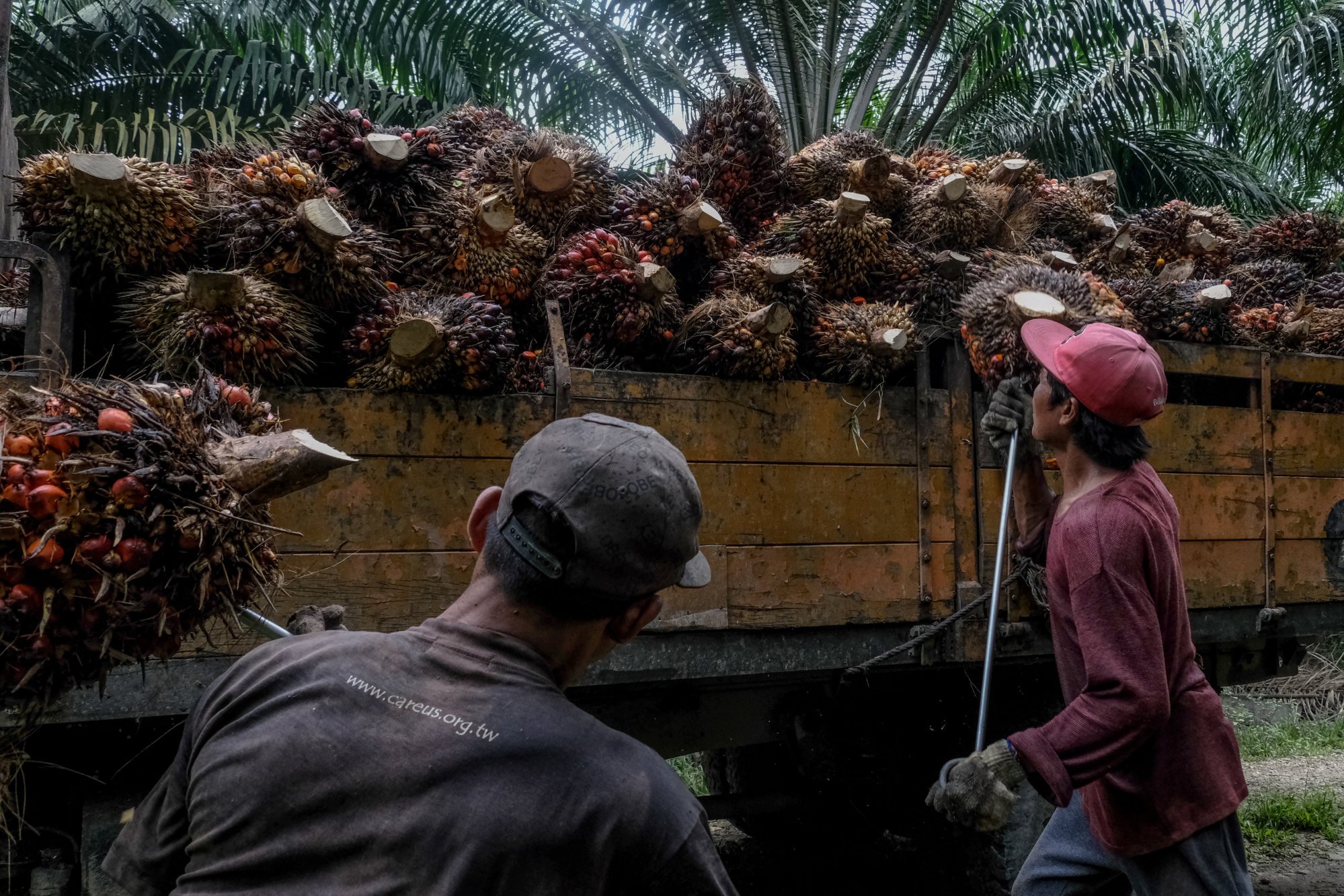



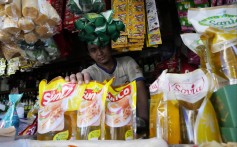
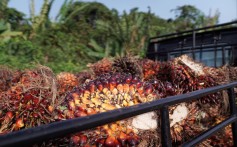






/cloudfront-ap-southeast-2.images.arcpublishing.com/nzme/P4J7PEQYGRRWPR4G3UIGUB3SZM.jpg)